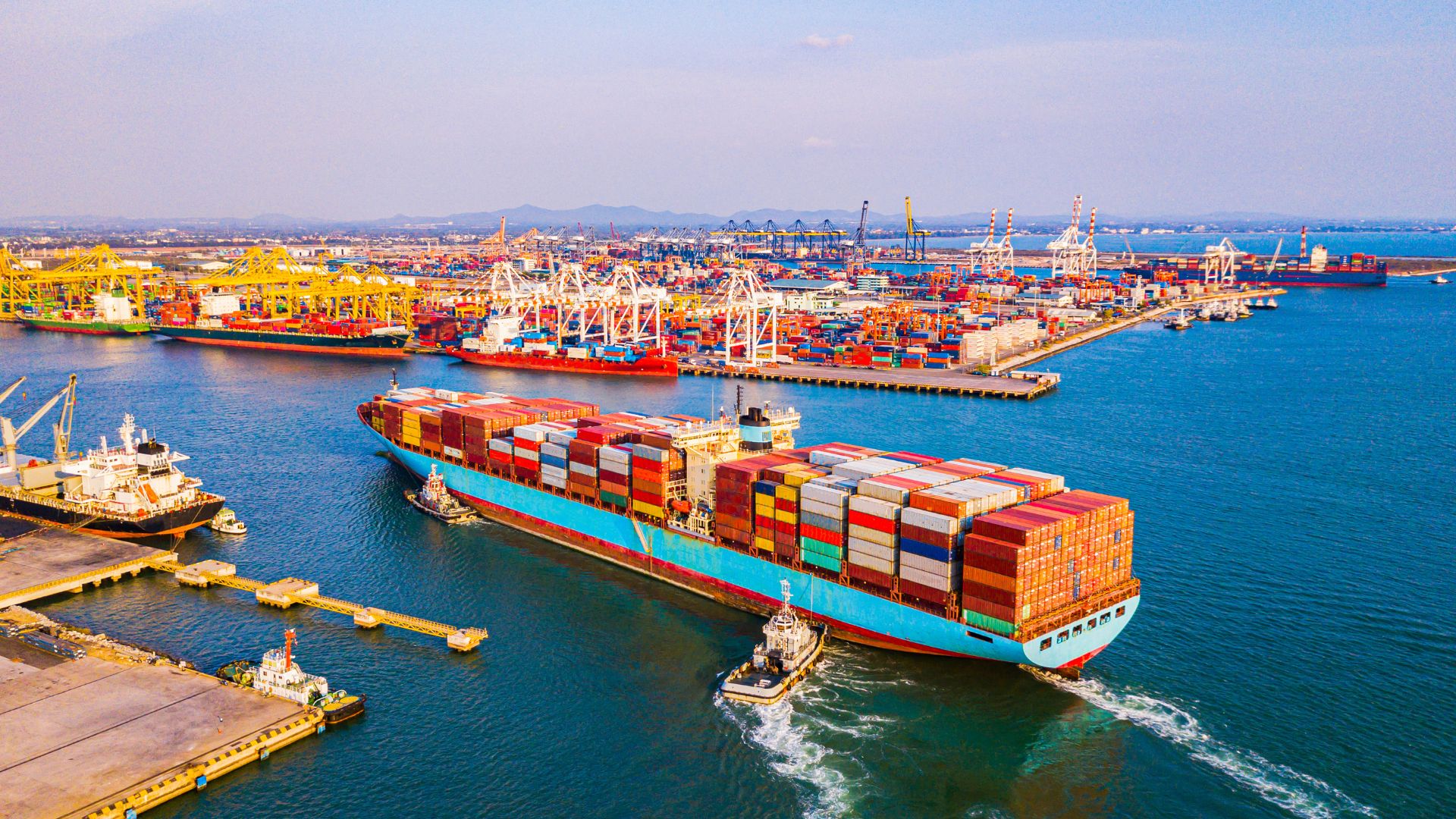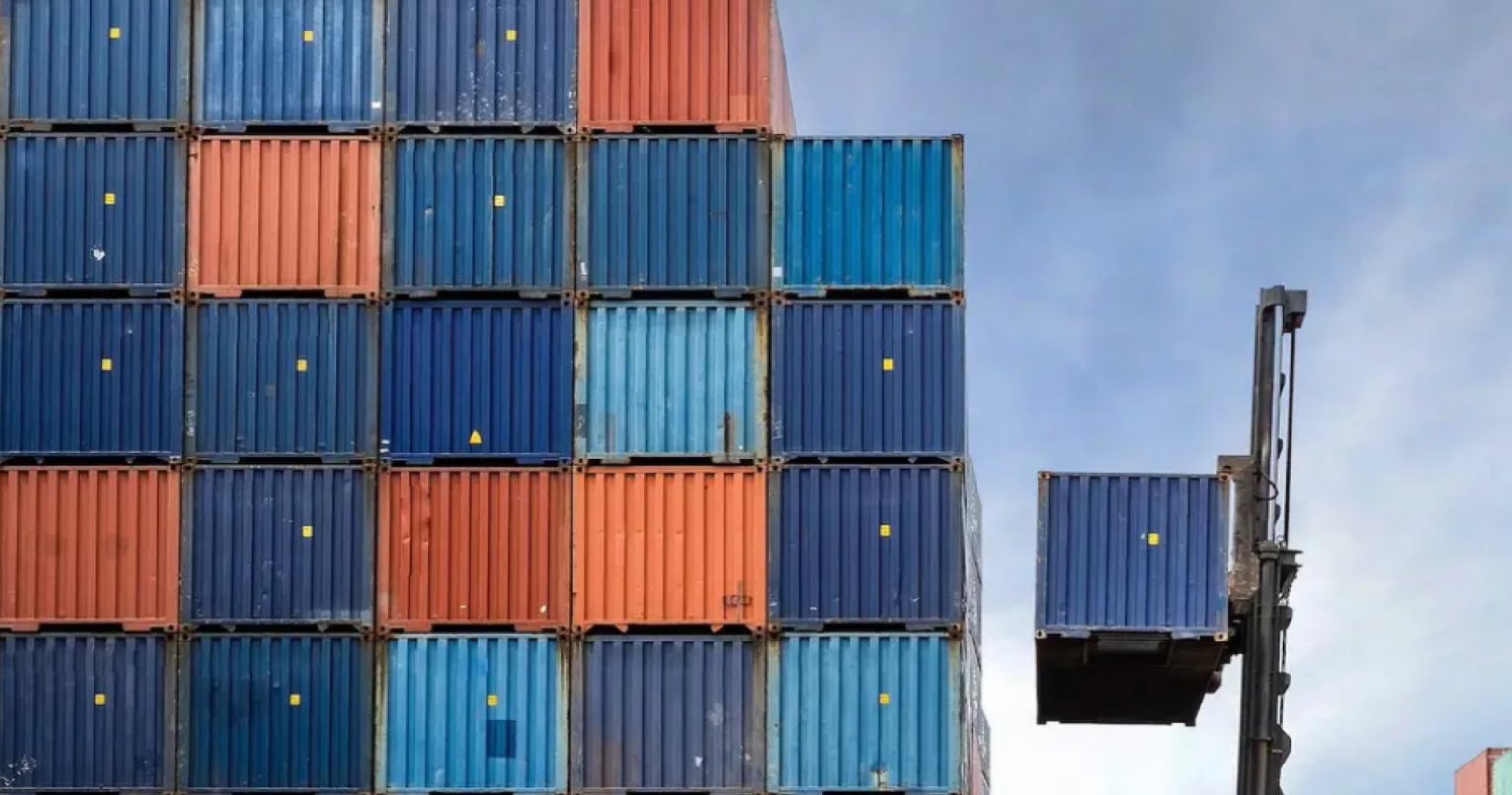The Role of Hazard Analysis in Food Safety
One of the most critical responsibilities of a Preventive Controls Qualified Individual (PCQI) is conducting a Hazard Analysis as part of the Food Safety Plan (FSP). This process identifies potential hazards in food production and determines the necessary preventive controls to mitigate risks. A well-executed Hazard Analysis is essential for FSMA compliance and protecting public health.
A strong Hazard Analysis ensures food manufacturers can anticipate and eliminate or minimize risks before they lead to contamination, recalls, or regulatory violations. In this guide, we’ll break down how a PCQI effectively performs a Hazard Analysis and implements necessary controls.
Key Steps in Conducting a Hazard Analysis
A thorough Hazard Analysis consists of two primary components: Hazard Identification and Hazard Evaluation. Each step is crucial for ensuring food safety.
1. Hazard Identification
The first step is identifying potential food safety hazards in raw materials, processing, storage, and distribution. A PCQI must consider:
- Biological Hazards: Bacteria (Salmonella, Listeria, E. coli), viruses, parasites.
- Chemical Hazards: Pesticide residues, allergens, food additives, heavy metals.
- Physical Hazards: Foreign objects like glass, metal, or plastic fragments.
Actionable Tip: Use a hazard identification checklist to ensure no potential risks are overlooked during assessment.
2. Hazard Evaluation
After identifying potential hazards, the next step is evaluating severity and likelihood to determine which require preventive controls. The food safety team, led by the PCQI, should:
- Assess the potential impact on human health if a hazard is not controlled.
- Determine the probability of occurrence under normal operating conditions.
- Prioritize hazards that require preventive controls (e.g., allergen cross-contact or pathogen growth in perishable products).
Actionable Tip: Use a risk matrix to rank hazards based on severity and likelihood, helping prioritize control efforts.
Implementing Preventive Controls Based on Hazard Analysis
Once significant hazards are identified, a PCQI must develop and implement effective preventive controls to mitigate them.
Process Controls
For example:
- Temperature controls for refrigeration, cooking, and cooling.
- Time controls to prevent microbial growth.
- pH and water activity monitoring to inhibit pathogen survival.
Allergen Controls
For example:
- Proper ingredient labeling and verification.
- Dedicated equipment and production scheduling to avoid cross-contact.
Sanitation Controls
For example:
- Routine cleaning and disinfection protocols to eliminate contamination sources.
- Employee hygiene practices, including handwashing and PPE use.
Supply Chain Controls
For example:
- Supplier verification programs to ensure raw materials meet safety standards.
- Testing incoming ingredients for contaminants.
Actionable Tip: Document all preventive control measures in the Food Safety Plan, including monitoring procedures, corrective actions, and verification steps.
Common Pitfalls in Hazard Analysis and How to Avoid Them
Even experienced PCQIs can make mistakes in Hazard Analysis. Here are some common pitfalls and solutions:
- Overlooking Emerging Hazards → Regularly review FDA recall alerts and industry trends to stay updated on new risks.
- Relying on Assumptions Instead of Data → Use historical data and scientific studies to validate hazard severity.
- Inconsistent Documentation → Implement a standardized reporting system to ensure complete and accurate records.
Ensure Compliance with PCQI Training and Support
A comprehensive Hazard Analysis is critical to FSMA compliance and food safety success. Proper training equips PCQIs with the tools to identify, evaluate, and mitigate risks effectively.
Registrar Corp offers expert-led PCQI training courses and consulting services to help food manufacturers meet FSMA requirements and strengthen their Hazard Analysis processes.
Stay proactive—invest in proper training to safeguard your food supply and maintain compliance.








